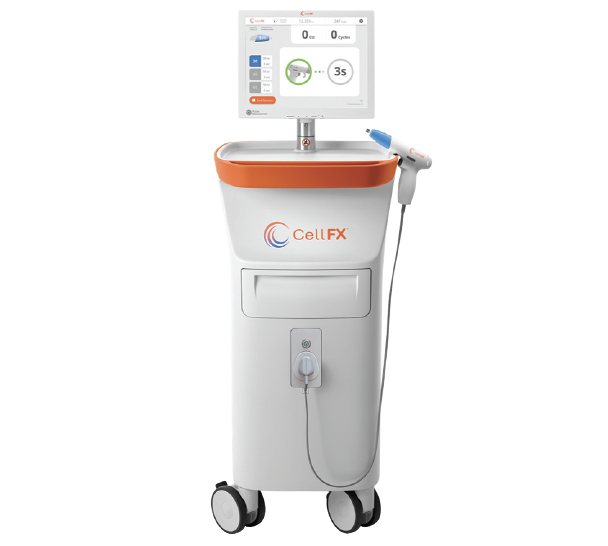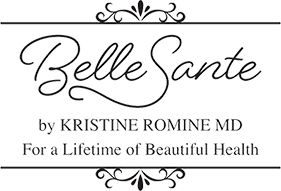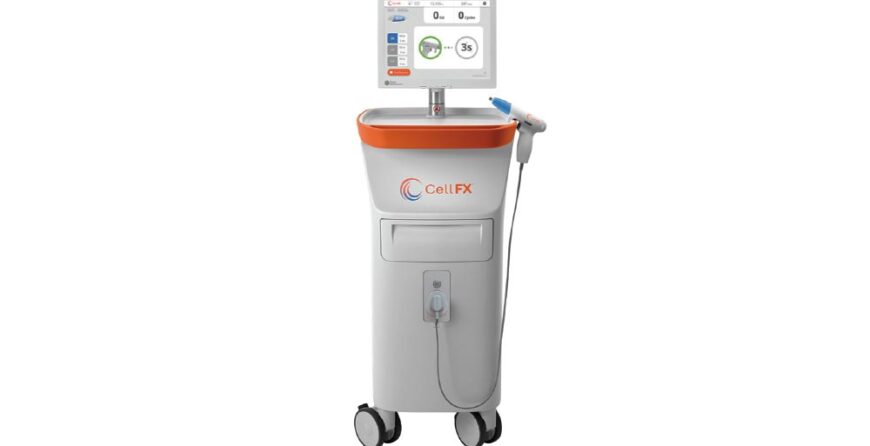The CellFX System with Kristine Romine, MD
In each issue, Practical Dermatology® magazine spotlights a new medication or device that dermatologists are recommending for patients. Here, Kristine Romine, MD, CEO and founder of Kristine Romine, MD Advanced Medical Skin Care in Phoenix, discusses the CellFX System from Pulse Biosciences, Inc. It treats benign lesions using patented Nano-Pulse Stimulation (NPS) technology.
What is the CellFX System?
Kristine Romine, MD: The CellFX System is a multi-application platform designed to address a broad range of dermatologic conditions, notably the clearance of benign lesions. The CellFX System harnesses patented NPS technology, which delivers nanosecond pulses of electrical energy directed to the cellular component of the lesion to non-thermally clear damaged cells while sparing the surrounding healthy collagen-rich tissue.
The delivery of NPS energy causes the cells to begin a natural process of regulated cell death. The benign lesional cells in the area treated with NPS energy are gently cleared through the body’s normal metabolic processes. The lesion turns into a crusty bump, which, during normal cell turnover, sloughs off leaving no evidence behind.

How are you using the CellFX System in practice?
Dr. Romine: We are using the CellFX to treat challenging benign lesions, such as sebaceous hyperplasia (SH), warts, benign dermal nevi, dermatofibroma, and fibrolipoma. We numb the area using injectable lidocaine and then place the treatment tip on top of the lesion. The patient may feel pressure from the microneedles of the tip. A series of rapid energy pulses are then delivered, which lasts about 10-15 seconds for each lesion area. For a single lesion, the procedure typically takes less than 15 minutes. Depending on lesion type, anatomical location, and other clinical factors, a second treatment may be needed for complete clearance. In some cases, the patient is very satisfied with the spot or mark being dramatically improved and hardly noticeable.
Please share your treatment protocol/s and pearls.
Dr. Romine: Just like all treatments, CellFX must be customized to each patient, depending on Fitzpatrick skin type, location of the lesion, size of the lesion, etc. We have learned a lot, based on our experience, and have felt comfortable pushing the guidelines a bit with really incredible results.
Are patients pleased with the results?
Dr. Romine: Our patients are extremely pleased with the results. One patient recently called the CellFX procedure a game-changer after suffering from recalcitrant warts for decades. Another young woman, who was a bride-to-be and wanted to wear a backless wedding gown, was incredibly grateful that we were able to remove the widespread seborrheic keratoses (SK) on her back, without blistering or discomfort during the healing process that occurred with previous treatments.
Please describe ideal candidates.
Dr. Romine: The CellFX System is intended to be used in adult patients for the reduction, removal, and/or clearance of cellular-based benign lesions. In our practice, we find that almost anyone with a benign lesion anywhere on their face or body is a good candidate. We’ve had great results with SH, dermatofibromas, warts, fibrolipoma, and SKs. So far, we haven’t treated many patients with Skin Type V, but men, women, and young adults are all ideal candidates. CellFX has been amazing to treat those lesions that bother patients who have been told by others that the scarring could be worse than the bump. With liquid nitrogen (LN2) and shave excision, patients must care for the wound so it heals in the most aesthetically pleasing fashion; however, treatment still results in a notable mark. With CellFX, the lesion crusts and falls off with minimal wound care [only] to make sure that sloughing is ideal. There is no downtime and no scarring. In the past, complete resolution of deeper lesions like dermatofibromas required surgery and subsequent scarring. LN2 just thins the lesion out, without complete resolution. CellFX destroys benign cells so nothing is left behind.
What is next for CellFX?
Dr. Romine: As a Mohs surgeon, I am excited to explore treating non-melanoma skin cancers such as basal cell carcinoma (BCC) lesions. Patients are demanding quick, easy alternatives to surgery that require little to no downtime, and this technology would be amazing for BCC. I understand that Pulse Biosciences is studying this application, as well as the treatment of dermatofibroma and syringoma, both of which have been difficult to treat successfully, non-invasively, and without significant downtime using current modalities. I’m also interested in exploring the treatment of more benign moles/nevi, particularly in sensitive areas like the face where I’d rather not have to make an incision and risk a scar, regardless of how small it may be. As an aesthetic dermatologist, patients come to me “to look better.” In addition to rejuvenating them with neuromodulators, fillers, and lasers, I address any benign lesions at their aesthetic visit that would enhance their appearance. Treating a benign lesion with LN2 often diminishes their joy at seeing, for example, their immediate filler results. I envision additional opportunities for this technology, especially in the aesthetic field.

